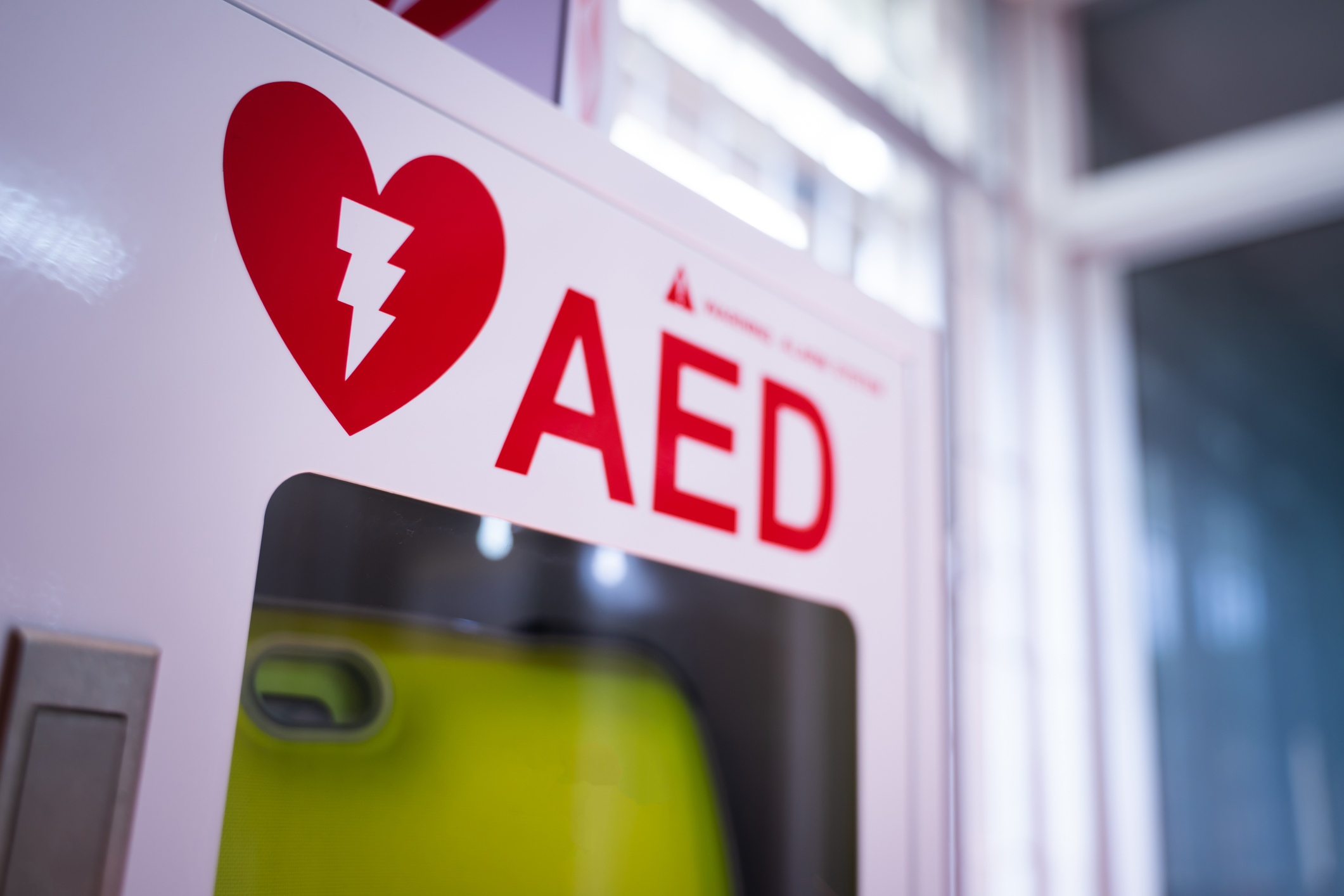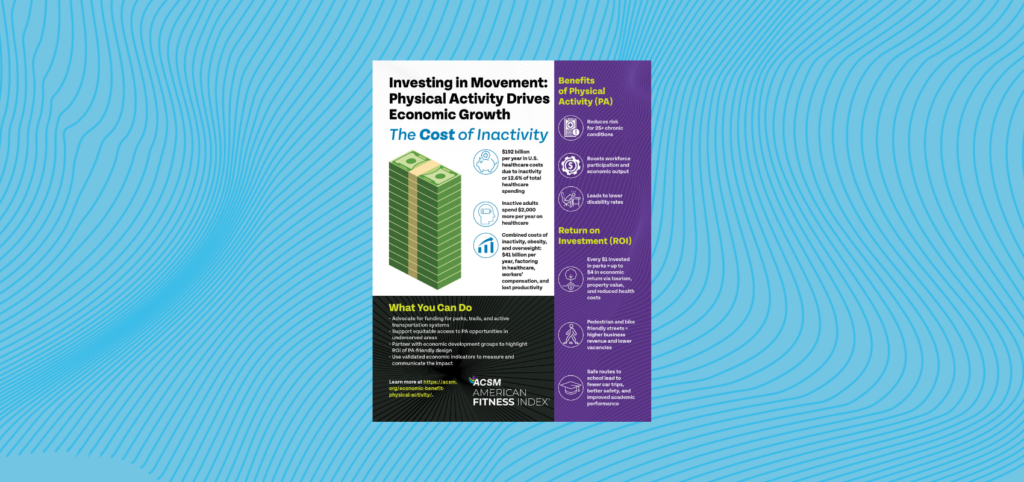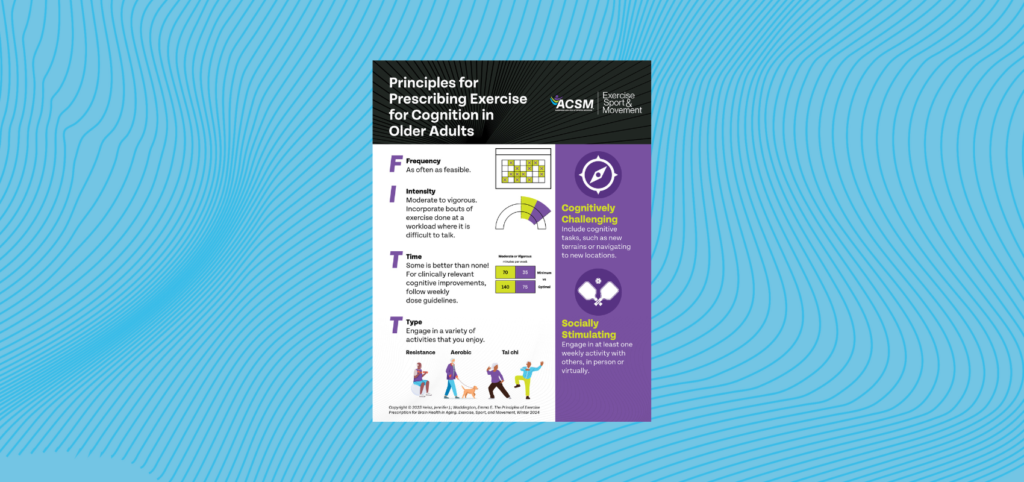Cardiovascular health is, if you’ll excuse the pun, at the heart of physical fitness. Appropriate, then, during American Heart Month to have a look at the ways we can monitor our hearts as well as those of our clients.
For clients, getting ahold of an at-home blood pressure monitor can be a good start, as well as considering a smartwatch or similar wearable that charts heartrate and related data. This may seem like an unnecessary step for the healthy gymgoer, but keeping track of baseline cardiac data can be quite helpful in the long term, from something as simple as charting how persistent exercise improves pulse rate over time to giving you a good point of comparison to fall back on for when you suspect something might be wrong. It’s hard to know if you’ve suddenly developed unusual symptoms if you don’t have a history of data points. Plus, many of our clients are dealing with ongoing medical issues. Particularly since older adults comprise one of the fastest-growing groups of gymgoers. (Note that ACSM follows the American Heart Association’s blood pressure guidelines, as do ACSM’s certification exams. They are a great reference point for you and your clients.)
Different monitoring devices serve different purposes, of course. Wearable tech in particular has seen a steady increase in popularity in recent years, according to ACSM’s Worldwide Survey of Fitness Trends, in fact ranking No. 1 on the survey for 2022. Think Apple Watches, Fitbits, Google Pixel Watches, Garmins and the like.
Is this the right choice for you? It depends. Some of these offerings require you to pay a fee to pair them with various apps. And your mileage may vary in terms of how useful you find the device’s software: People’s tastes differ, and the interface that works well for one may not work for another. And how you and/or your client feel about an app will necessarily have a big impact in the gym. Some people have a favorite workout shirt, leggings or even pair of socks that gives them an extra psychological boost during their routine. You better believe that your fitness tracker needs to be engaging rather than off putting. If it seems like the device and app you or a client has chosen is bogging things down, and it’s financially feasible to switch, make sure to do so.
If wearables aren’t you or your client’s thing, consider a blood pressure monitor or a pulse oximeter, depending on the circumstances. Wrist-worn and upper-arm blood pressure monitors, as well as finger-worn pulse oximeters, are often available at your local pharmacy, and though not exactly inexpensive (my local drug store lists various types and models between $60 and $100 at the time of writing), they’re much more affordable than most wearables. Some clients may also be able to purchase blood pressure monitors or pulse oximeters using their health flexible spending account (FSA) from work.
Depending on the model, digital wrist-worn and upper arm blood pressure monitors generally track diastolic and systolic blood pressure as well as pulse and can sometimes detect potential arrhythmias. Fingertip pulse oximeters measure pulse — heartbeat — and the amount of oxygen in the blood.
If you or your client opts for a blood pressure monitor, there are a few things to bear in mind: According to the Mayo Clinic, you’ll want to have the device checked against those of a medical professional before using it. No sense in taking readings with a poorly calibrated diagnostic tool. You’ll also want to take multiple readings at a time to ensure that you’re not recording an outlier. And best not to take a reading right when you wake up. Instead, wait a little while. Don’t eat or drink — especially not caffeinated beverages — before you take your readings, and if you have to pee, make sure you take care of that beforehand. Needing to go can raise your blood pressure a bit. Also, taking your readings at two different and consistent times of day are probably best: in the morning and in the evening. Finally, and obviously, make sure you’re using the device as recommended. For wrist-worn blood pressure monitors, this often includes resting the arm you’re using to measure on a table or other surface so that the monitor is at the same level as your heart.
If opting for a pulse oximeter, a device you generally clip on the end of your finger and that uses light to take its readings, the FDA recommends sitting still, making sure the hand you’re using is warm and resting below your heart, and interestingly and importantly, that you make sure to remove any nail polish on the finger you’re measuring since this might interfere with the device’s readings.
Remember of course that at-home technology, which is subject both to its own potential defects as well as human error, is no substitute for medical expertise, and no one should be making medical decisions outside the care of a certified medical professional. These tools should be used to track a general baseline or progression over time and serve as potential indicators that someone should seek proper medical attention and care.
This American Heart Month, consider incorporating heart monitoring into you and your clients’ programming. With benefits ranging from something as simple as tracking improvements in pulse and blood pressure over the course of an exercise prescription to potentially catching a problem early and allowing your client to seek appropriate medical attention, why not add it to your repertoire?




